In the quest for more efficient and sustainable energy solutions, the Yoshino Solid-State battery has emerged as the next generation of lithium-ion battery technology that promises to reshape the future of portable power.
The development of this technology is a testament to the dedication and ingenuity of engineers who invested considerable time and effort into research and development, tirelessly exploring various chemistry and testing processes for a true solid-state lithium-ion battery. Let’s take a journey into the development of the
Yoshino Solid-State battery, from its design phase to its role in creating safer and truly portable power solutions using premium Japanese solid-state technology.
The Beginning: Understanding the Need
The inception of the Yoshino Solid-State battery stems from a profound understanding of the limitations inherent in current lithium-ion battery technology. Traditional NCM (Nickel, Cobalt, and Manganese) lithium-ion batteries, while widely used, engender substantial safety concerns due to their utilization of liquid electrolytes, rendering them highly flammable. Although the NCM combination confers commendable energy density, it falls short when it comes to safety. Subsequently, Lithium Phosphate or LiFePO4 batteries emerged as a substitute for conventional lithium-ion cells, offering greater safety but compromising energy density, resulting in increased weight and bulkiness.
At Yoshino, our engineers recognized the imperative of a safer and more efficient alternative, with solid-state technology emerging as the much-anticipated next leap in the realm of lithium-ion batteries. Consequently, we embarked on the arduous quest to develop a solid-state pouch-cell battery, which replaces the liquid electrolyte with a solid counterpart, thus enabling a safer and denser cell.
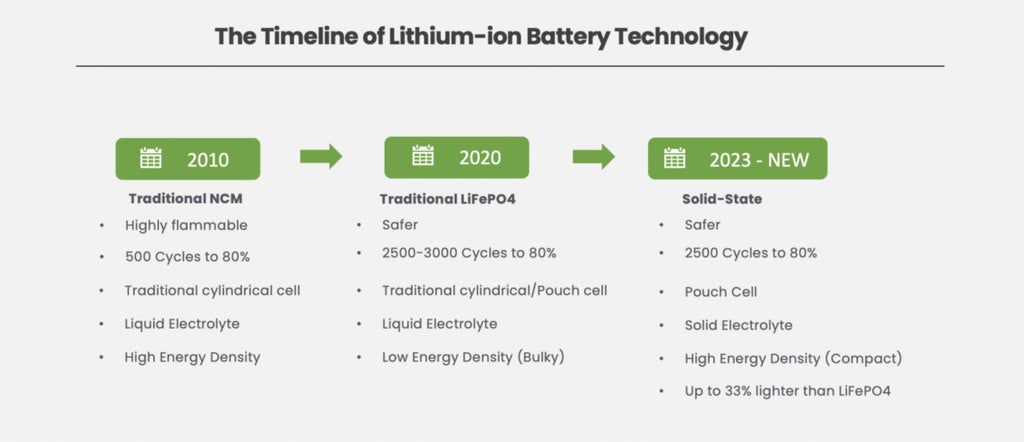
The Design Phase
The design phase of the Yoshino Solid-State battery was a meticulous process that demanded a deep understanding of materials science and electrochemistry. Engineers started by experimenting with various materials, searching for substances that could efficiently transport ions while maintaining stability and safety. This phase involved countless hours of laboratory work and testing.
One key breakthrough in this phase was the selection of premium materials, known for their exceptional conductivity and stability. These materials were crucial in achieving the high energy density and long cycle life that solid-state batteries promised. The choice of materials was a critical step toward creating a battery that could power a variety of portable power stations.
The Chemistry Behind Success
A significant part of the development process was fine-tuning the chemistry of the Yoshino Solid-State battery. Engineers had to address challenges related to the interface between the solid electrolyte and the electrode materials. Creating a robust and efficient interface was crucial for maintaining high performance over many charge-discharge cycles.
Through experimentation and iterative refinements, our engineers optimized the battery's chemistry to minimize energy loss during operation, improve efficiency, and ensure consistent performance over time. This phase also involved extensive testing under various conditions to validate the battery's safety and reliability.
Testing and Validation
The testing phase played a pivotal role in the development of the Yoshino Solid-State battery. Engineers conducted a series of stringent tests, subjecting the battery to high-temperature environments, rapid charge-discharge cycles, and rigorous mechanical stress assessments. These tests were successfully completed and verified by USA Energy Assurance Labs, ensuring the battery's reliability and performance.
Tests Included:
Thermal Runaway Test
A thermal runaway test assesses lithium battery safety under extreme conditions, a crucial concern due to fire risks. Yoshino's solid-state batteries show high thermal stability.
Nail Penetration Test
The nail penetration test evaluates lithium-ion battery safety by puncturing to simulate damage and monitor reactions. Yoshino solid-state batteries did not display any serious reactions in comparison to prior lithium-ion models that displayed smoke or fire.
Short Circuit Test
A short circuit test intentionally creates a short circuit in a lithium-ion battery to ensure its safety and response mechanisms. Yoshino solid-state batteries, of course, pass this test as well, meeting all safety standards here in the United States. 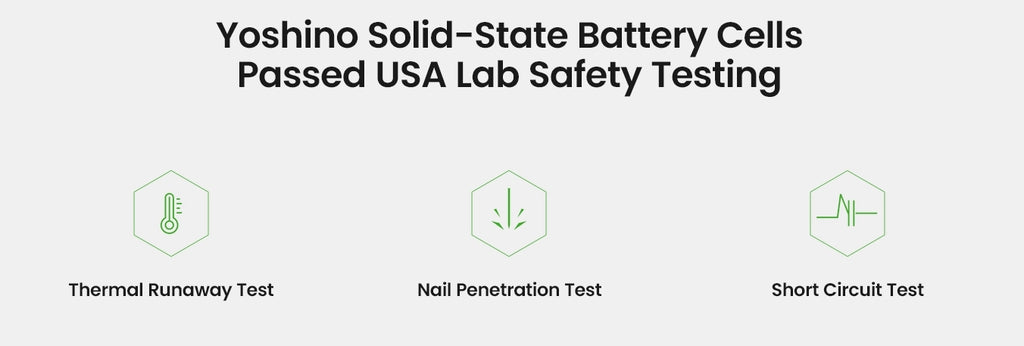
One of the key advantages of the Yoshino Solid-State battery was its enhanced safety. Unlike traditional lithium-ion batteries, which are prone to thermal runaway and fires, solid-state batteries offered improved resistance to overheating and reduced fire risk. This safety advantage made them an attractive choice for various applications, including portable power stations that can be used not only outdoors but indoors as well.
The Final Product: Safer and Truly Portable Power Stations
After years of dedicated research and development, Yoshino engineers successfully developed the Solid-State pouch-cell battery. This innovation has not only made portable power stations safer but has also paved the way for more sustainable energy storage solutions. These solid-state batteries boast up to 2.5x higher energy density, longer cycle life, and enhanced safety compared to their liquid-electrolyte counterparts.
Today, Japanese solid-state technology has not only found its way into Yoshino power stations, but Toyota has also developed their own solid-state battery for their electric vehicles announcing this year that it would increase mileage ranges to almost 800 on a full charge. Solid-state batteries provide a reliable and safer source of energy for a variety of applications. From camping trips to emergency backup power, these Yoshino portable power stations have become an indispensable part of modern life.
The Future with Yoshino
The development of the Yoshino Solid-State battery is a remarkable journey that highlights the perseverance and dedication of engineers in pursuit of safer and more efficient energy storage solutions. Through meticulous design, careful consideration of materials, chemistry optimization, and rigorous testing, Yoshino’s engineers have created a game-changing technology that is shaping the future of portable power. As we continue to prioritize sustainability and safety, solid-state batteries like Yoshino's are poised to play a pivotal role in powering a greener and more energy-efficient world.
FAQ
Why Invest in Solid-State?
Investing in solid-state power stations, also known as solid-state energy converters or solid-state solar generators, can offer several compelling advantages:
Efficiency:
Yoshino solid-state power stations can convert various forms of energy, such as heat or mechanical motion, directly into electricity with high efficiency. They often eliminate the need for intermediate steps, reducing energy losses and improving overall efficiency.
Reliability:
Yoshino solid-state power stations have no moving parts, which reduces the risk of mechanical failure and maintenance requirements. This reliability is especially crucial in remote or harsh environments.
Compactness:
Yoshino solid-state power stations are typically more compact and lightweight than traditional power portable systems, with an unmatched power-to-pound ratio that makes them suitable for space-constrained applications.
Near Silent Operation:
The absence of moving parts results in near silent operation, making solid-state power stations ideal for applications where noise pollution is a concern.
Zero Maintenance Costs:
With fewer moving parts and longer lifespans, Yoshino solid-state power stations often have no maintenance costs over their operational lifetimes.
Safety:
Yoshino Solid-state power stations include many safety features, such as automatic shutdown mechanisms, to prevent overheating or electrical failures. Of course, the biggest safety advantage is the fact they utilize a solid electrolyte versus a liquid reducing risk of fire.
Future-Proofing:
As energy demands continue to evolve and the need for more efficient and environmentally friendly power generation solutions grows, investing in solid-state power stations positions individuals and businesses to adapt to changing energy landscapes. With solid-state being the future of lithium-ion technology, why not experience it yourself with Yoshino.
How Lighter are Solid-State Power Stations?
Solid-state power stations are roughly 25-30% lighter than other LiFePO4 power stations out there. The bigger the capacity on the power station, the higher the variance will be between the two.
How Do Solid-State Batteries Operate?
Lithium-ion batteries are renowned for their dependable and efficient power supply. Within each lithium battery resides two crucial components: the anode (a negatively charged conductor) and the cathode (a positively charged conductor). These conductive materials harbor particles filled with electrolyte, facilitating the movement of lithium ions between them during the process of charging or discharging. This chemical reaction enables the smooth flow of electrical charges through a circuit, thereby effectively and efficiently providing the current needed to power devices. The true power of both standard lithium-ion and solid-state lithium-ion batteries lies in the remarkable chemical interplay between their anode, cathode, and electrolyte particles. While traditional lithium-ion batteries employ a liquid medium to regulate current, their solid-state counterparts rely on a solid medium, distinguishing them in capability and design.
What’s the Difference Between a Solid-State Battery and a LiFePO4 Battery?
Solid-state batteries and LiFePO4 (Lithium Iron Phosphate) batteries are two different types of rechargeable batteries with distinct characteristics. Here are the key differences between them:
-
Electrolyte Type:
- Solid-State Battery: Solid-state batteries use a solid electrolyte material instead of a liquid or gel electrolyte found in traditional lithium-ion batteries.
- LiFePO4 Battery: LiFePO4 batteries are a type of lithium-ion battery that uses a liquid electrolyte.
-
Safety:
- Solid-State Battery: Solid-state batteries are safer than traditional lithium-ion batteries because they eliminate the risk of leakage or combustion associated with liquid electrolytes. Solid-state batteries are more resistant to thermal runaway and have a lower risk of fire.
- LiFePO4 Battery: LiFePO4 batteries are also known for their safety, as the LiFePO4 chemistry is inherently less prone to thermal runaway and fires compared to other lithium-ion chemistries. However, they are not as safe as solid-state batteries in this regard.
-
Energy Density:
- Solid-State Battery: Solid-state batteries have up to 2.5x higher energy density compared to LiFePO4 batteries and traditional lithium-ion batteries. This means they can store more energy in the same volume or weight, which can lead to longer lasting and more powerful devices.
- LiFePO4 Battery: LiFePO4 batteries have a lower energy density compared to some other lithium-ion chemistries.
-
Cycle Life:
- Solid-State Battery: Solid-state batteries have the potential for a longer cycle life compared to traditional lithium-ion batteries. They can endure more charge and discharge cycles before experiencing significant degradation.
- LiFePO4 Battery: LiFePO4 batteries are known for best their cycle life, often surpassing 2,000 to 3,000.
-
Cost:
- Solid-State Battery: Solid-state batteries are currently more expensive to manufacture than LiFePO4 batteries due to the complexity and premium materials involved in the solid electrolyte and manufacturing processes.
- LiFePO4 Battery: LiFePO4 batteries are relatively cost-effective, making them a popular choice for various applications, including electric vehicles and renewable energy storage.
-
Commercial Availability
- Solid-State Battery: As of 2023, Yoshino is the only manufacturer of Solid-State batteries in portable power stations and solar generators. Within the next 2 years it should become more widely available as solid-state is the latest in lithium-ion technology.
- LiFePO4 Battery: LiFePO4 batteries were already widely available in various consumer electronics, electric vehicles, and stationary energy storage applications at that time.
More From Us:
What Can a 4000-Watt Power Station Run?

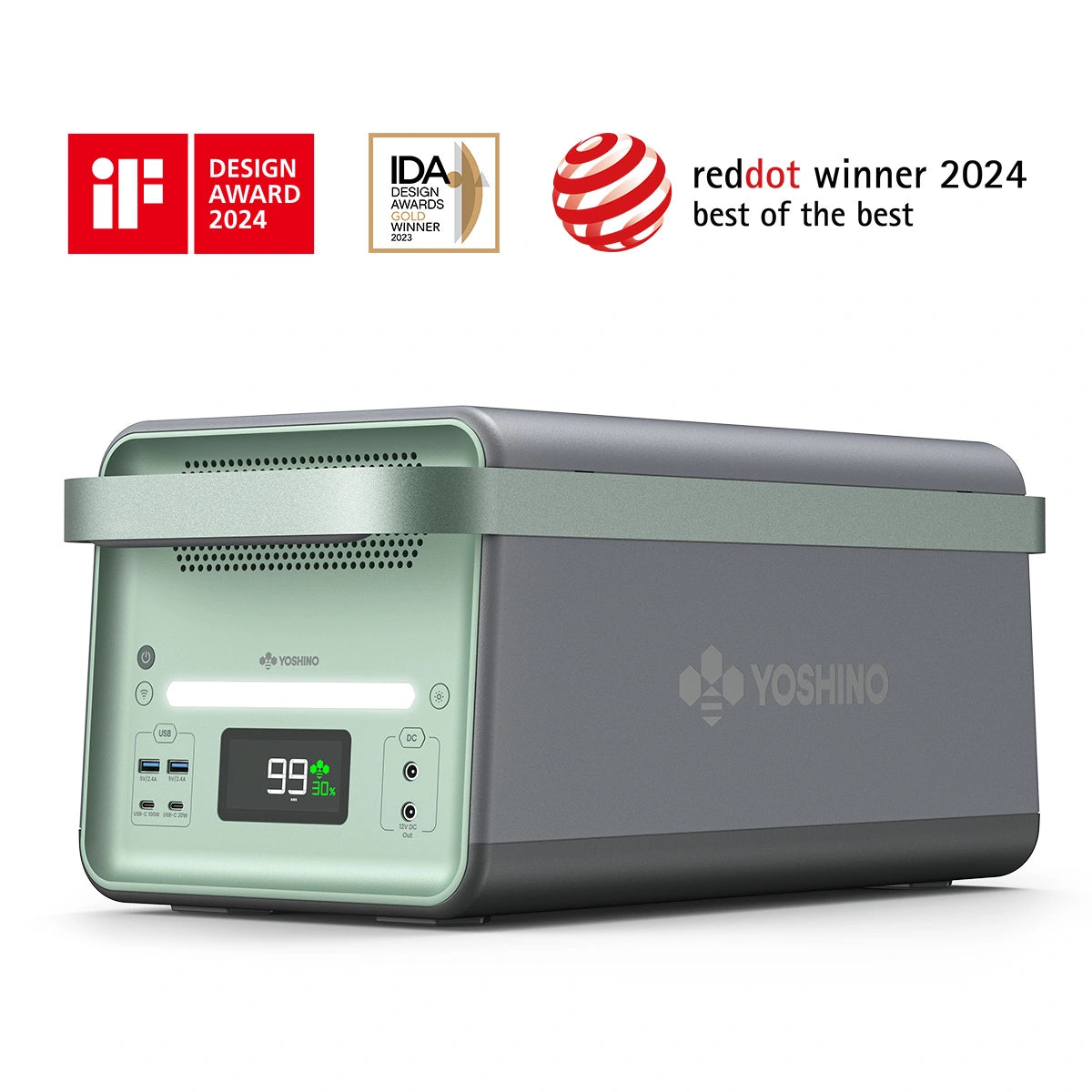
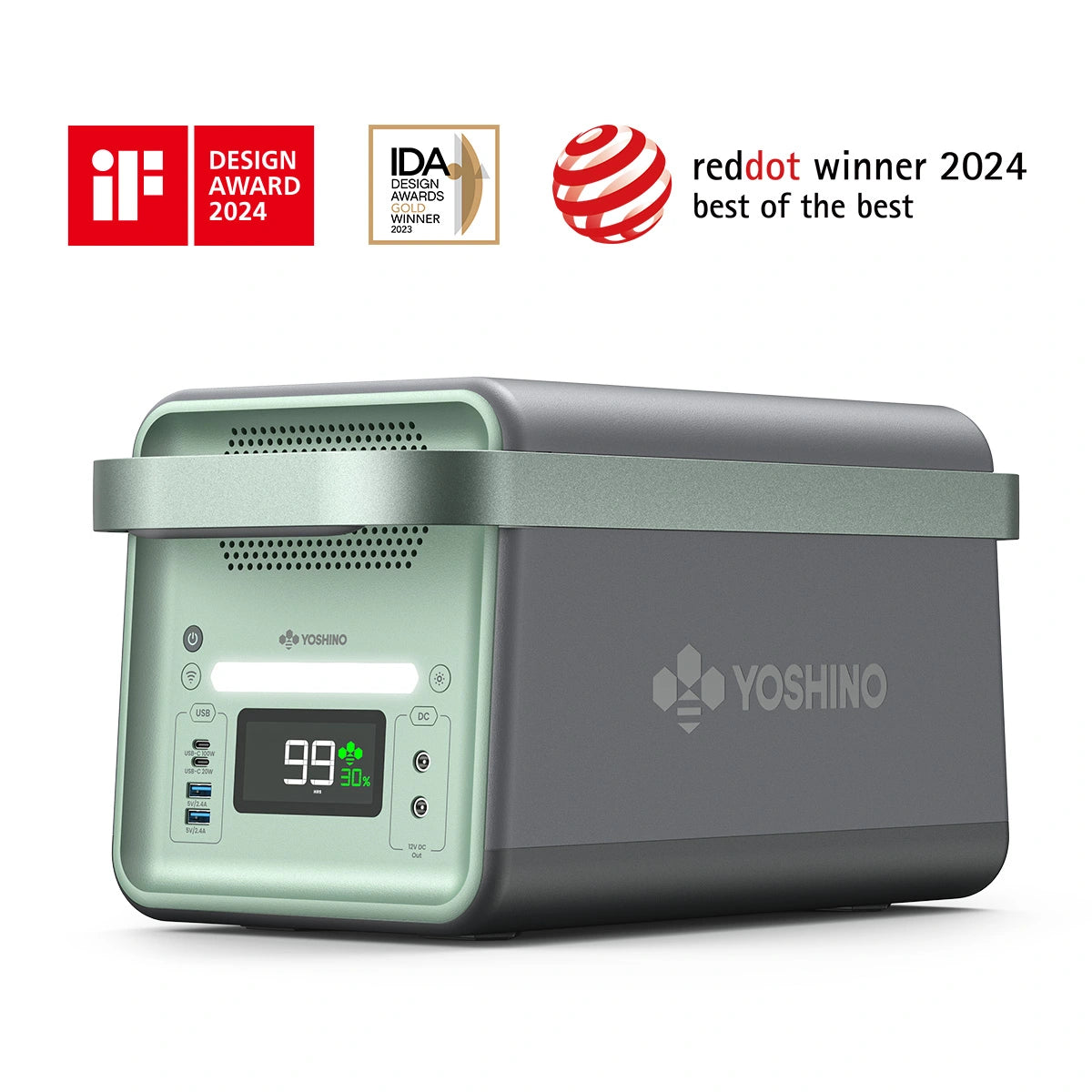
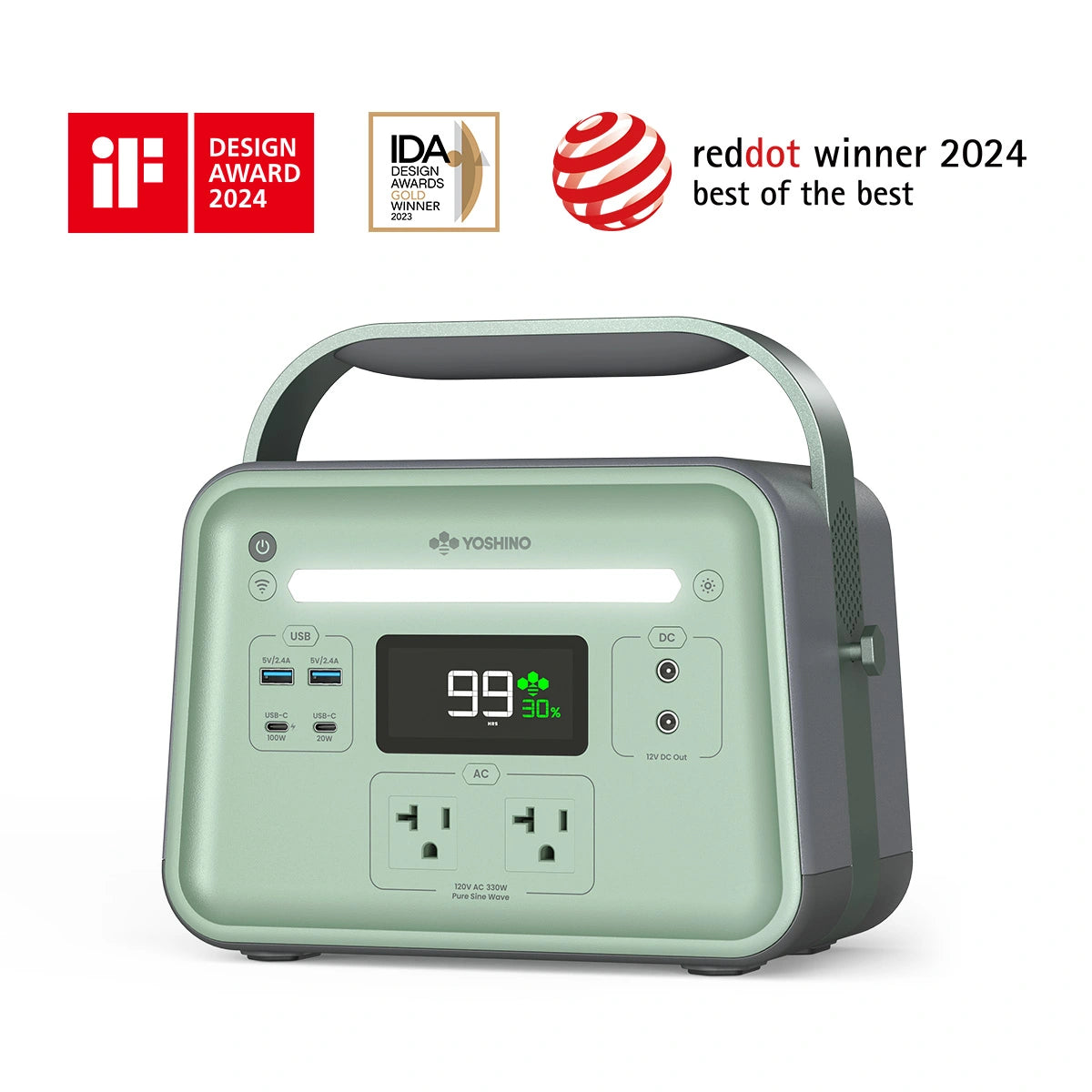
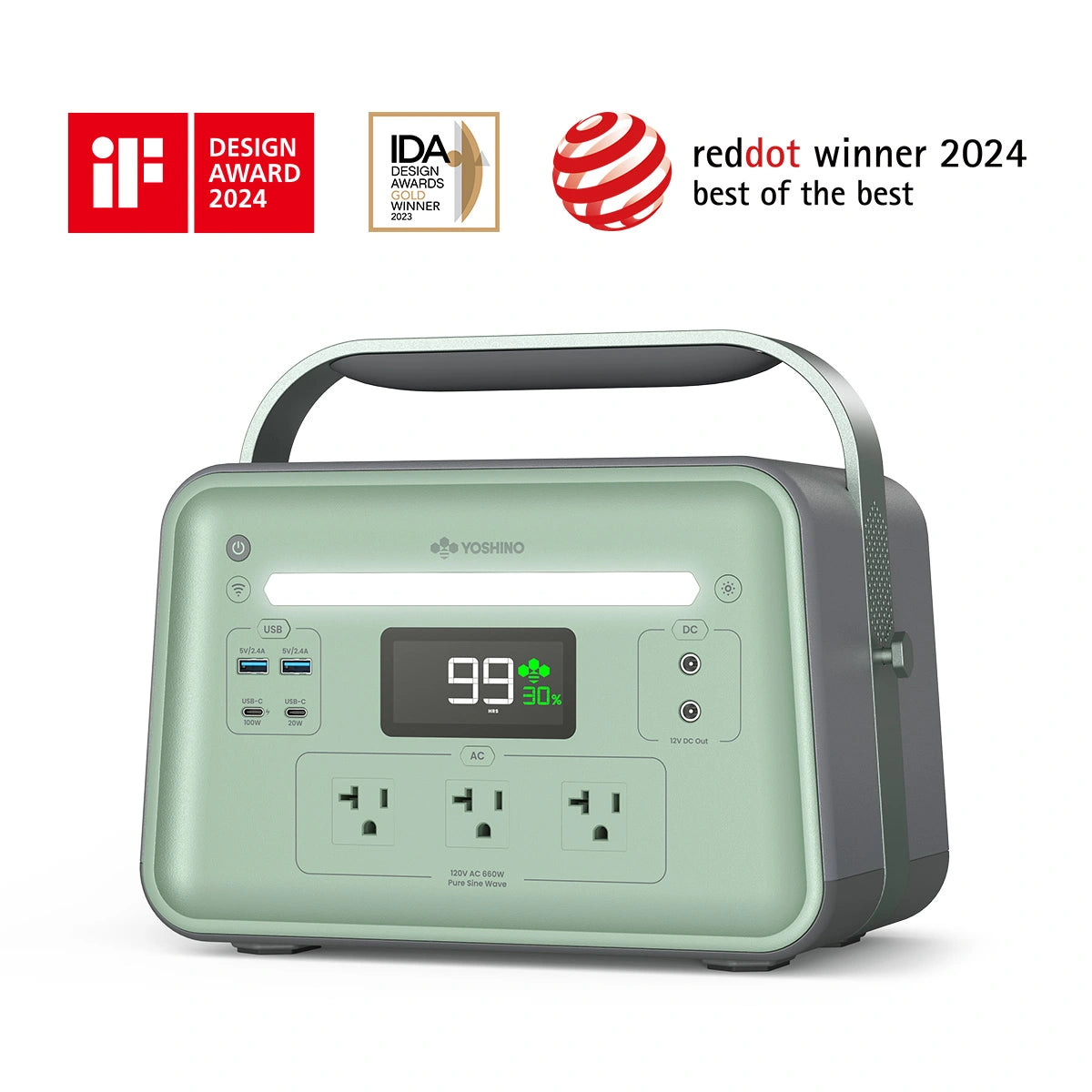
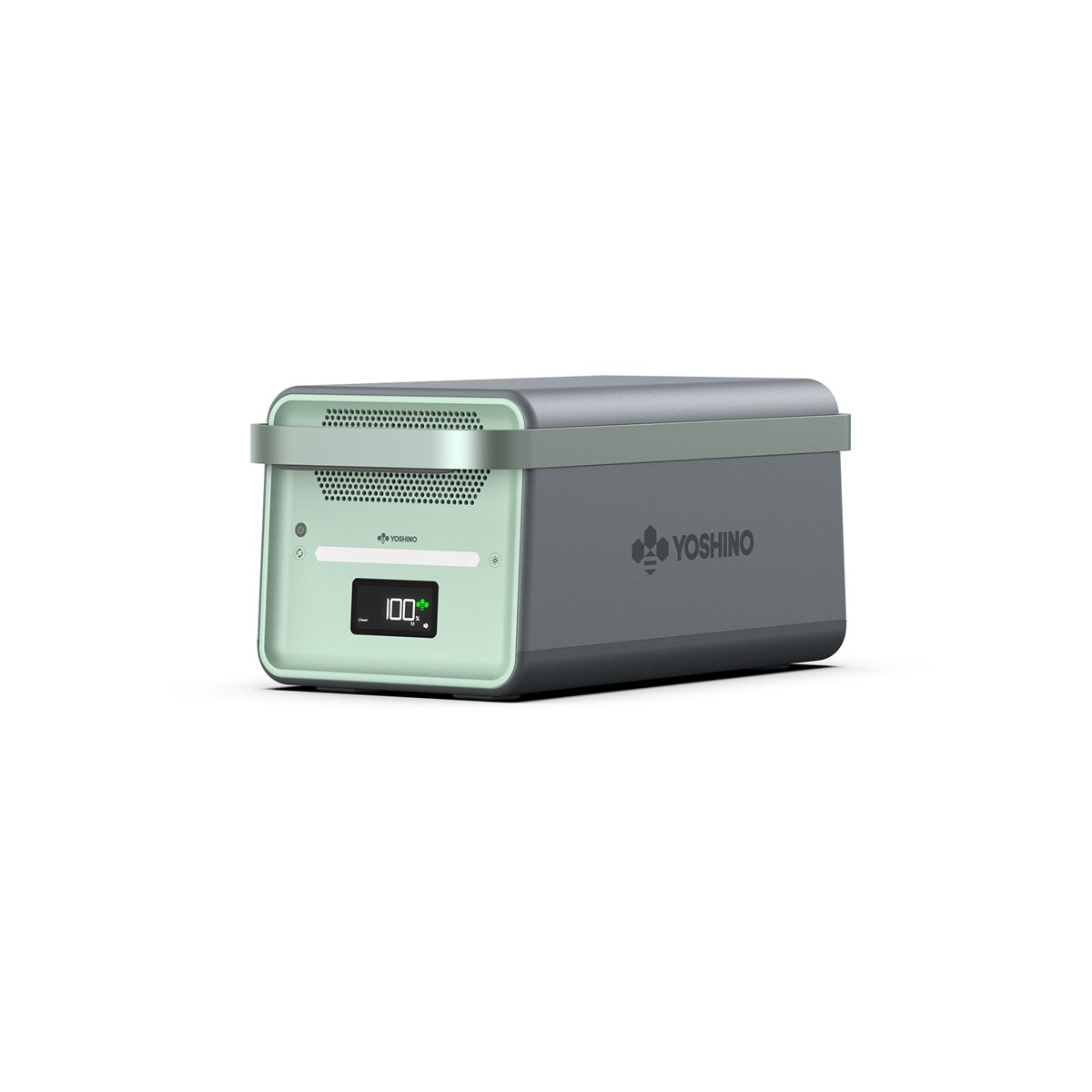
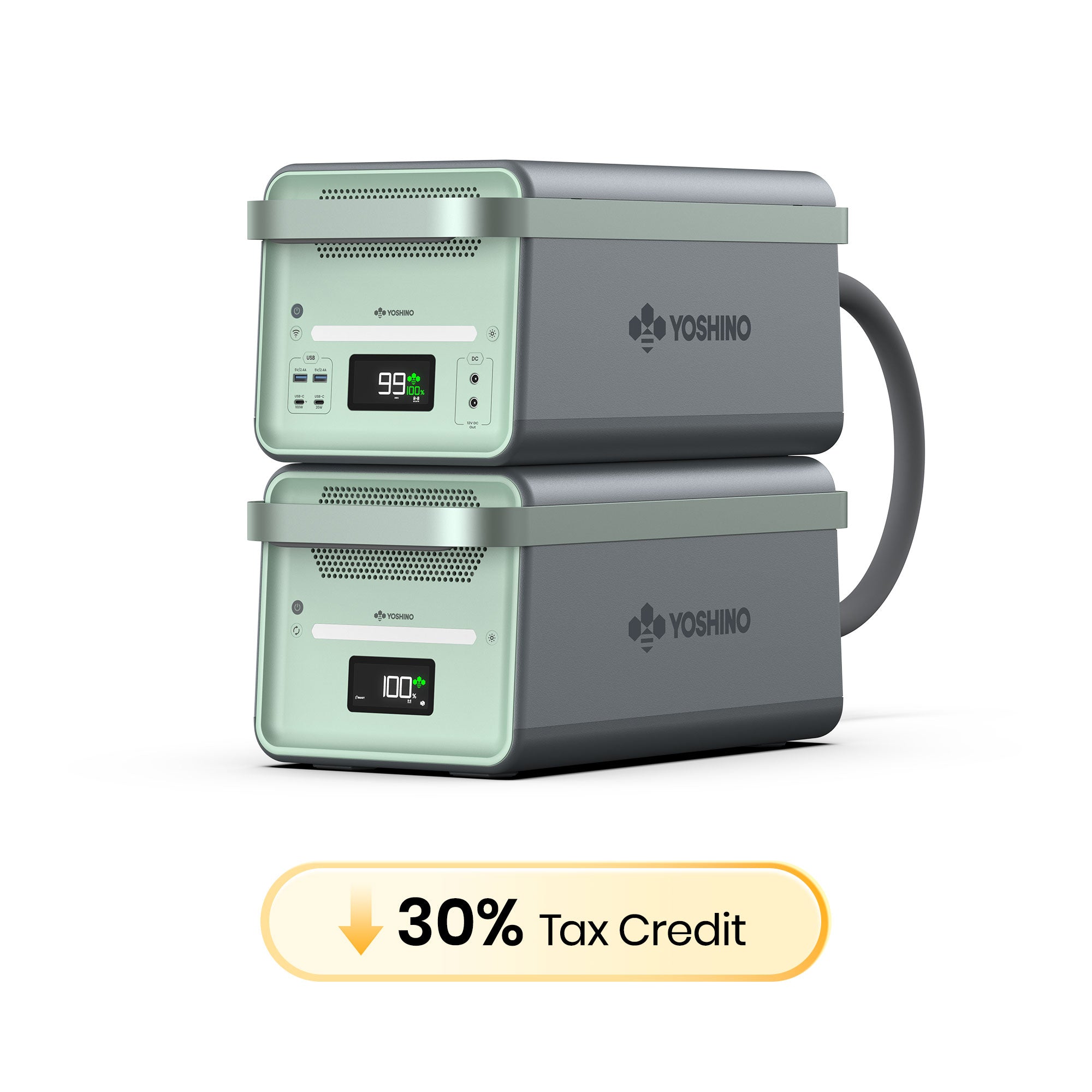
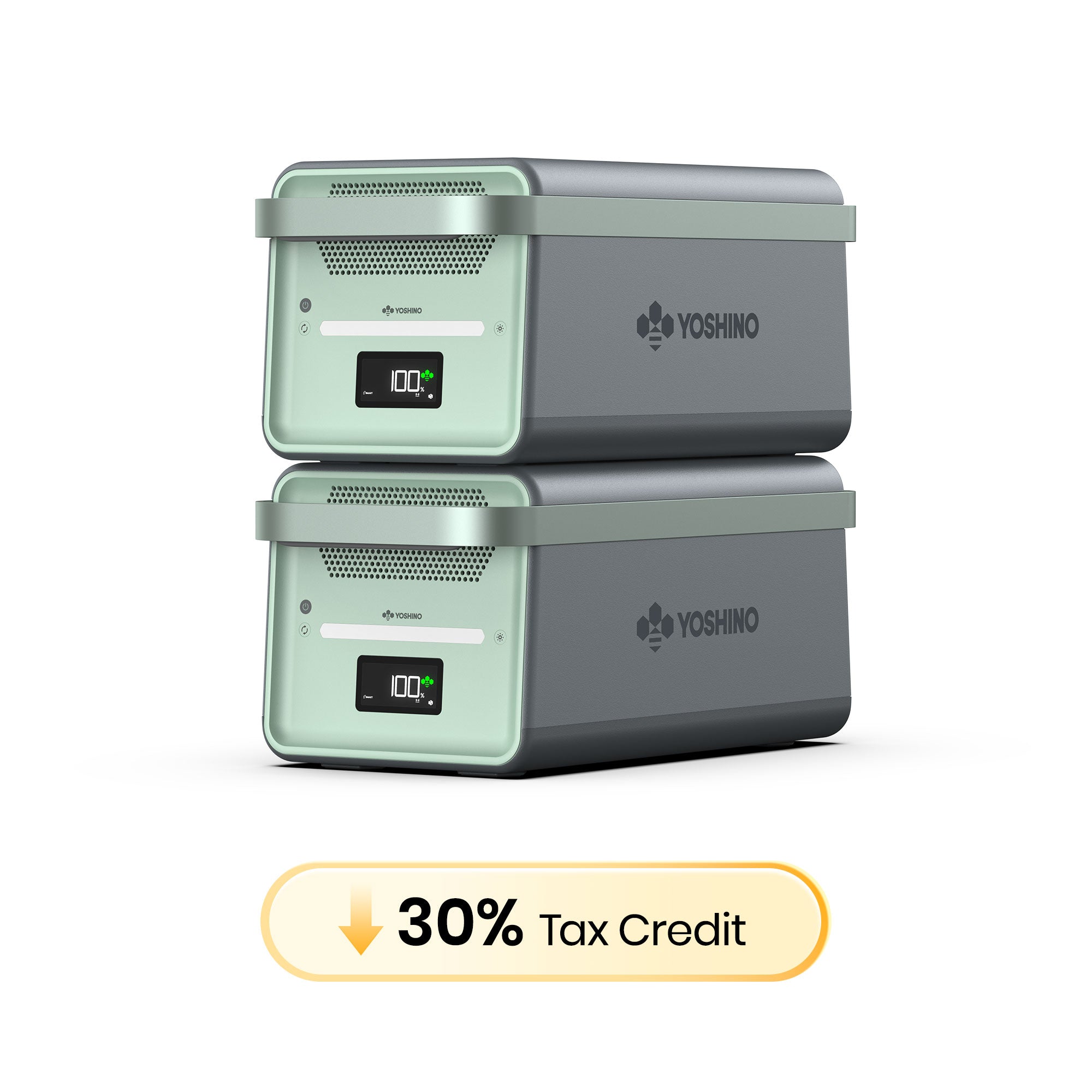
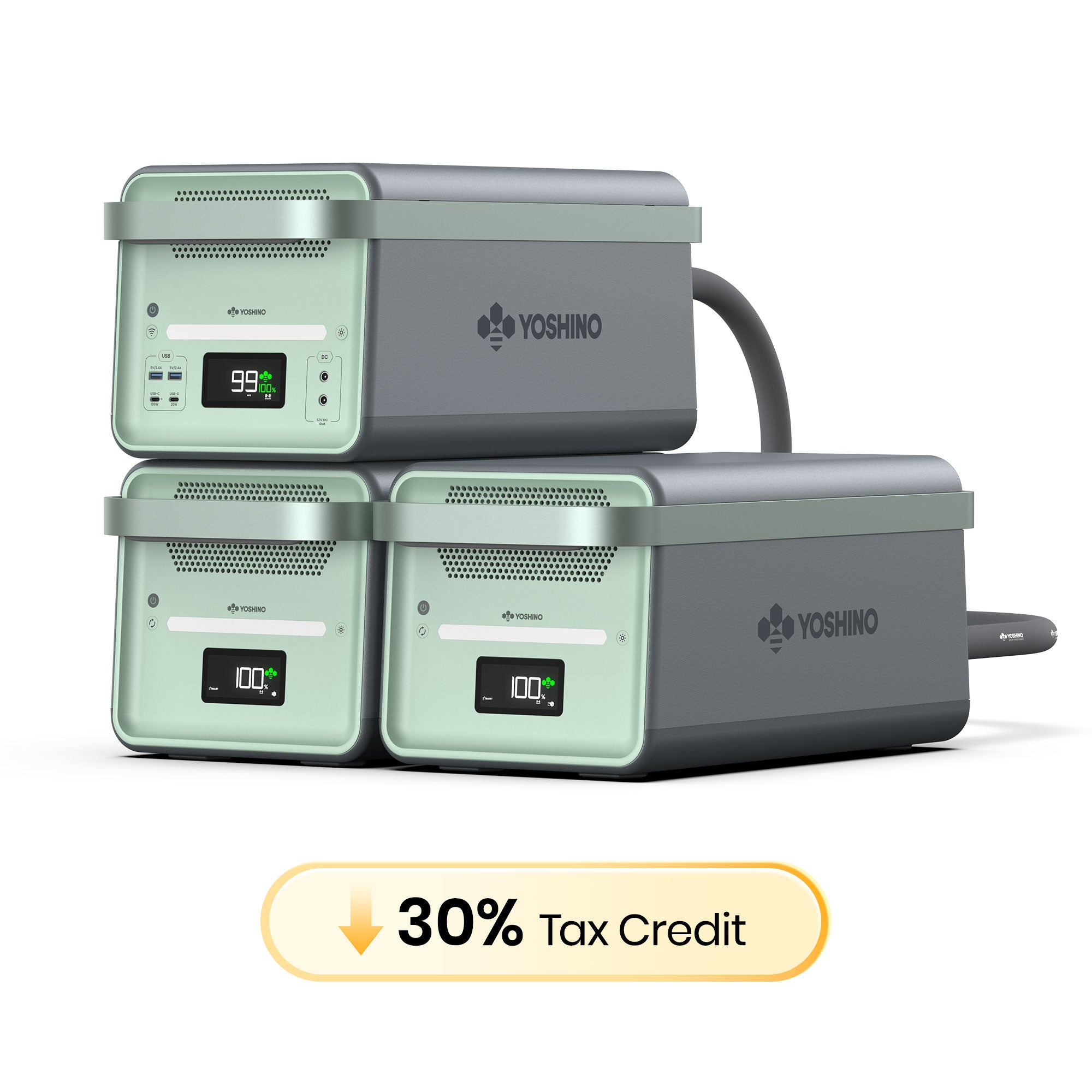
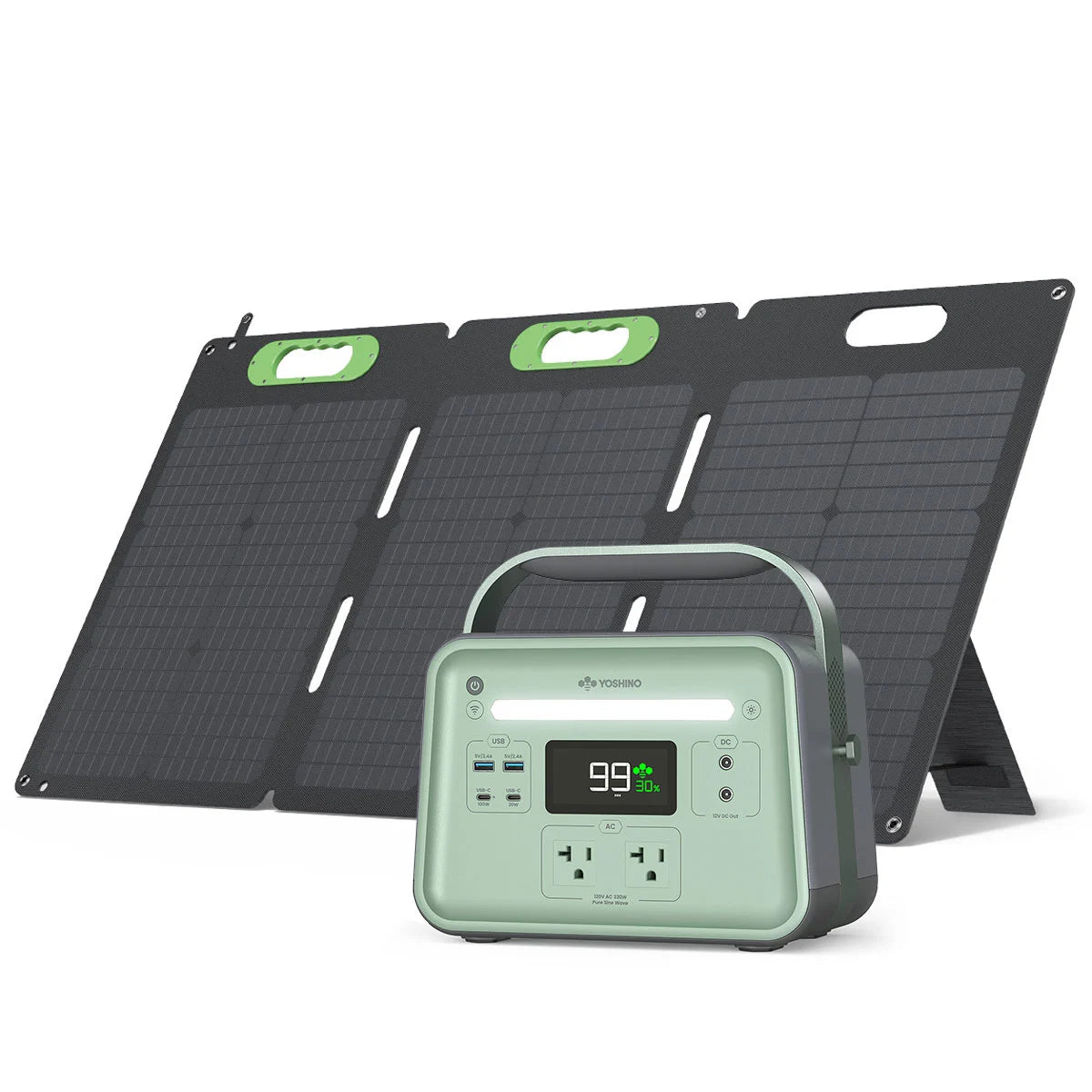
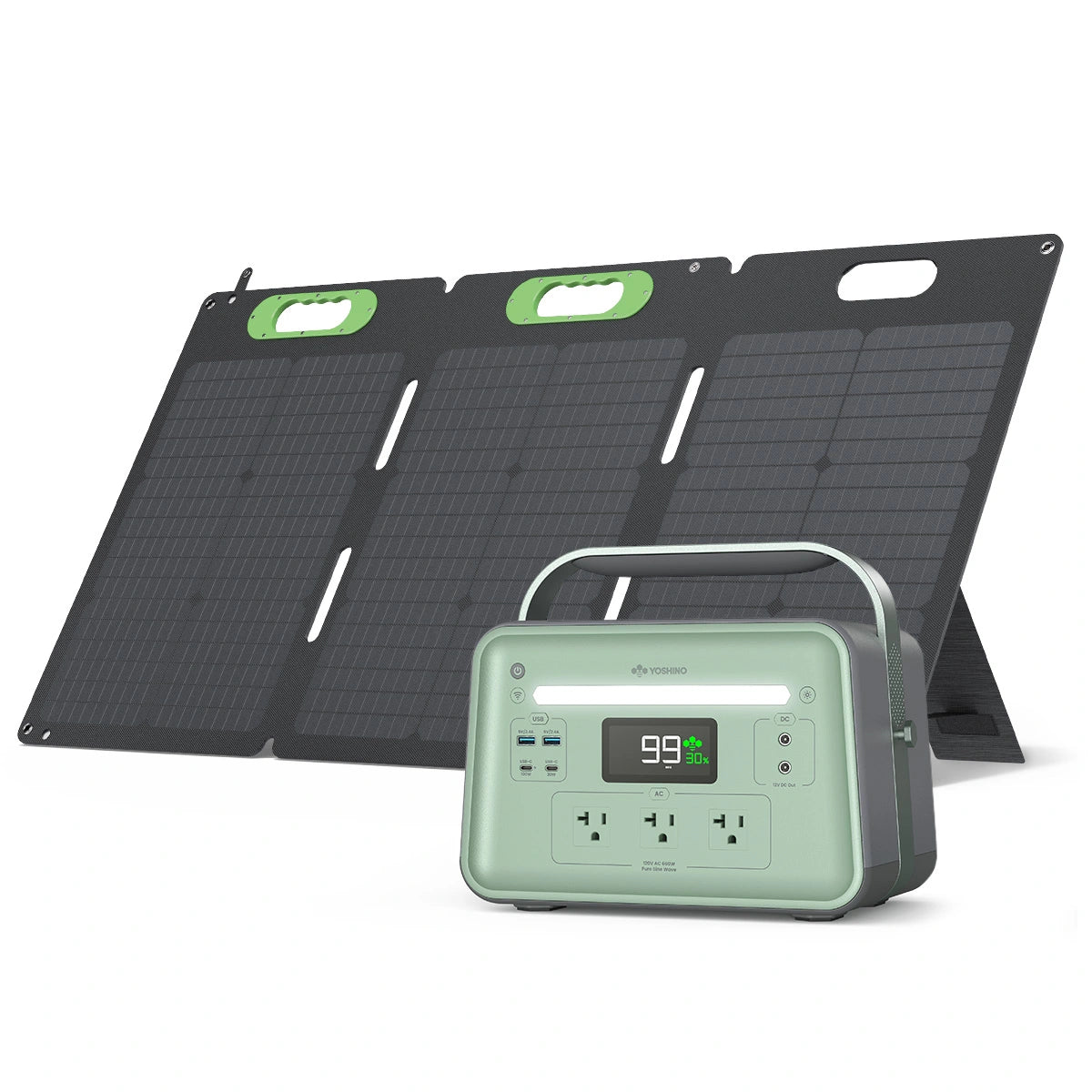
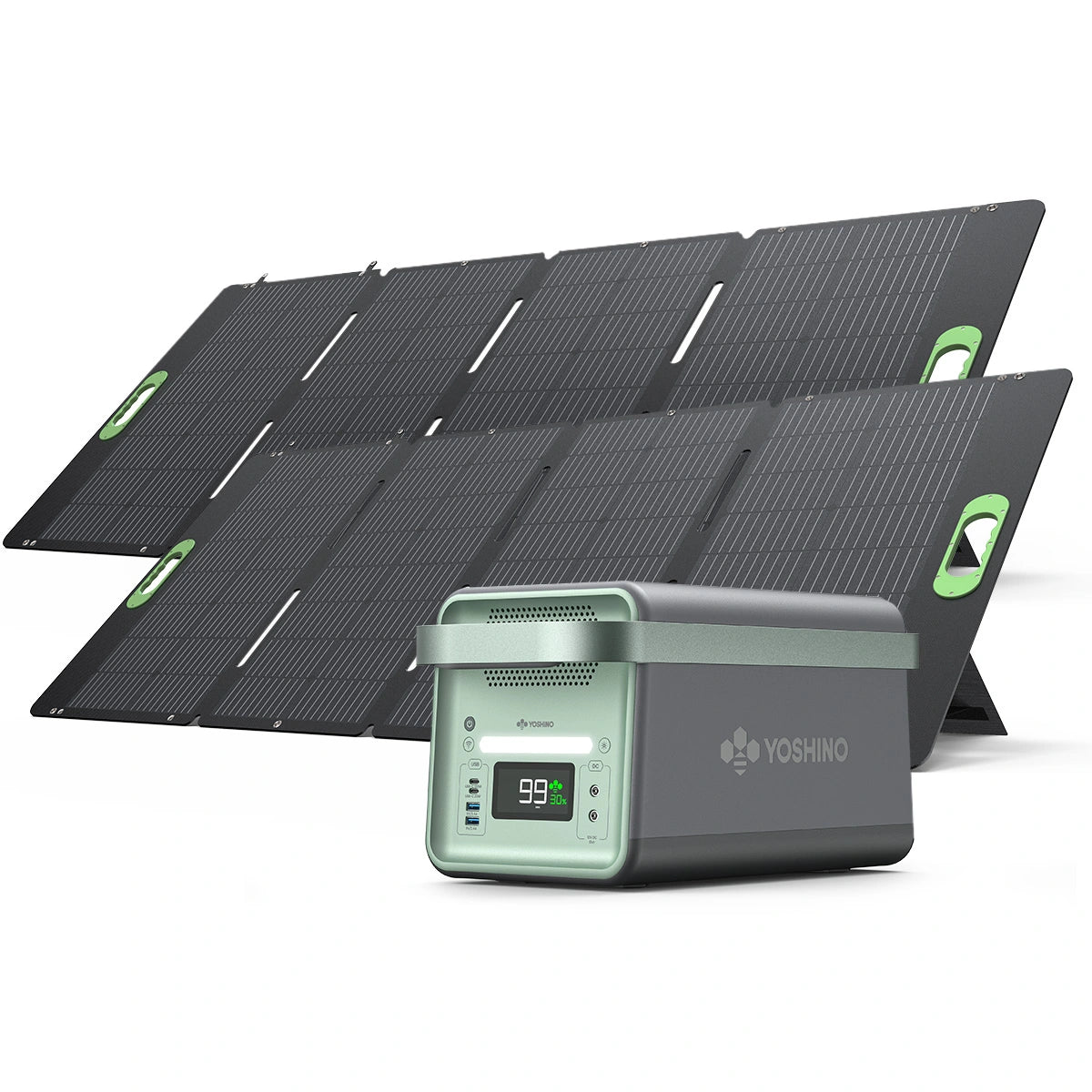
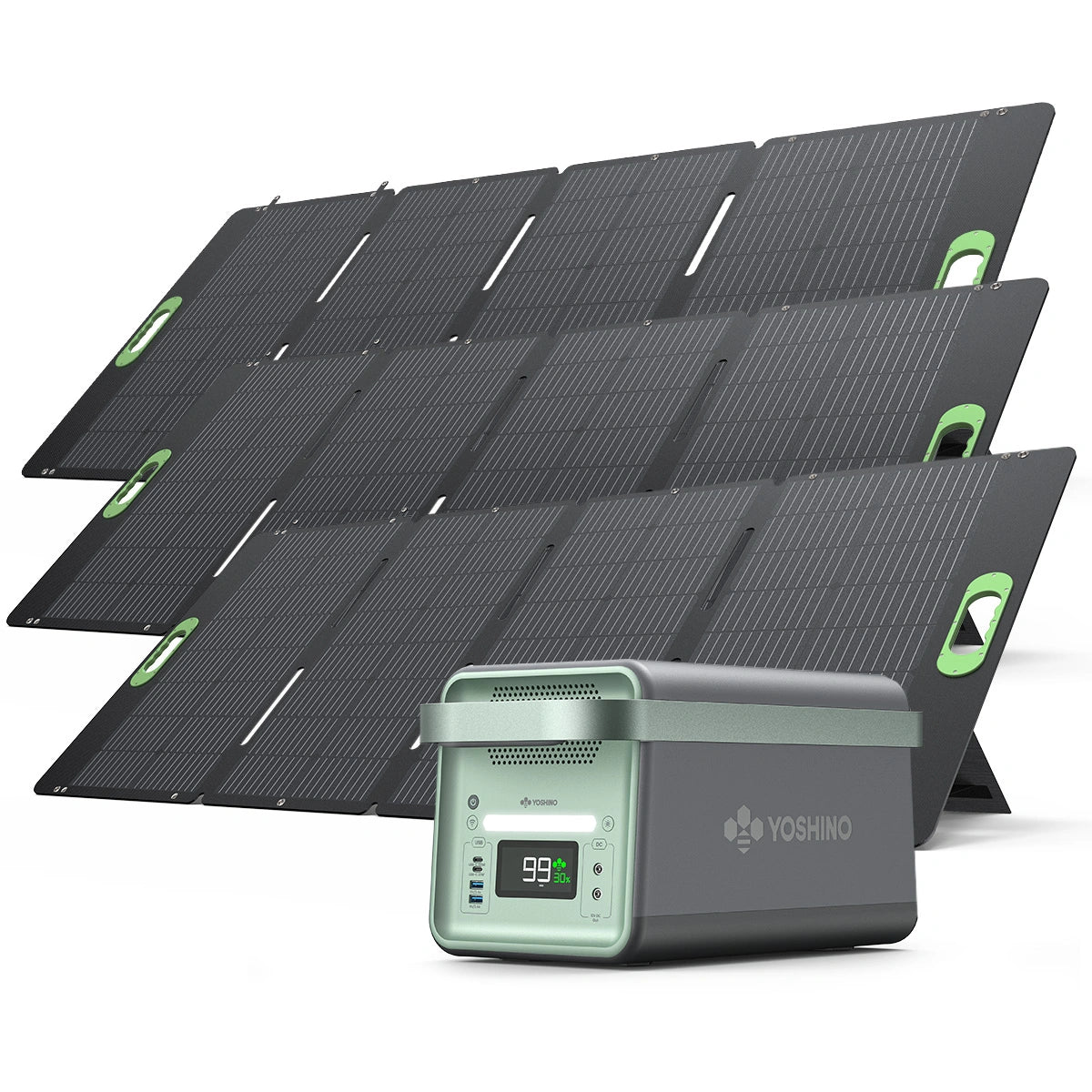
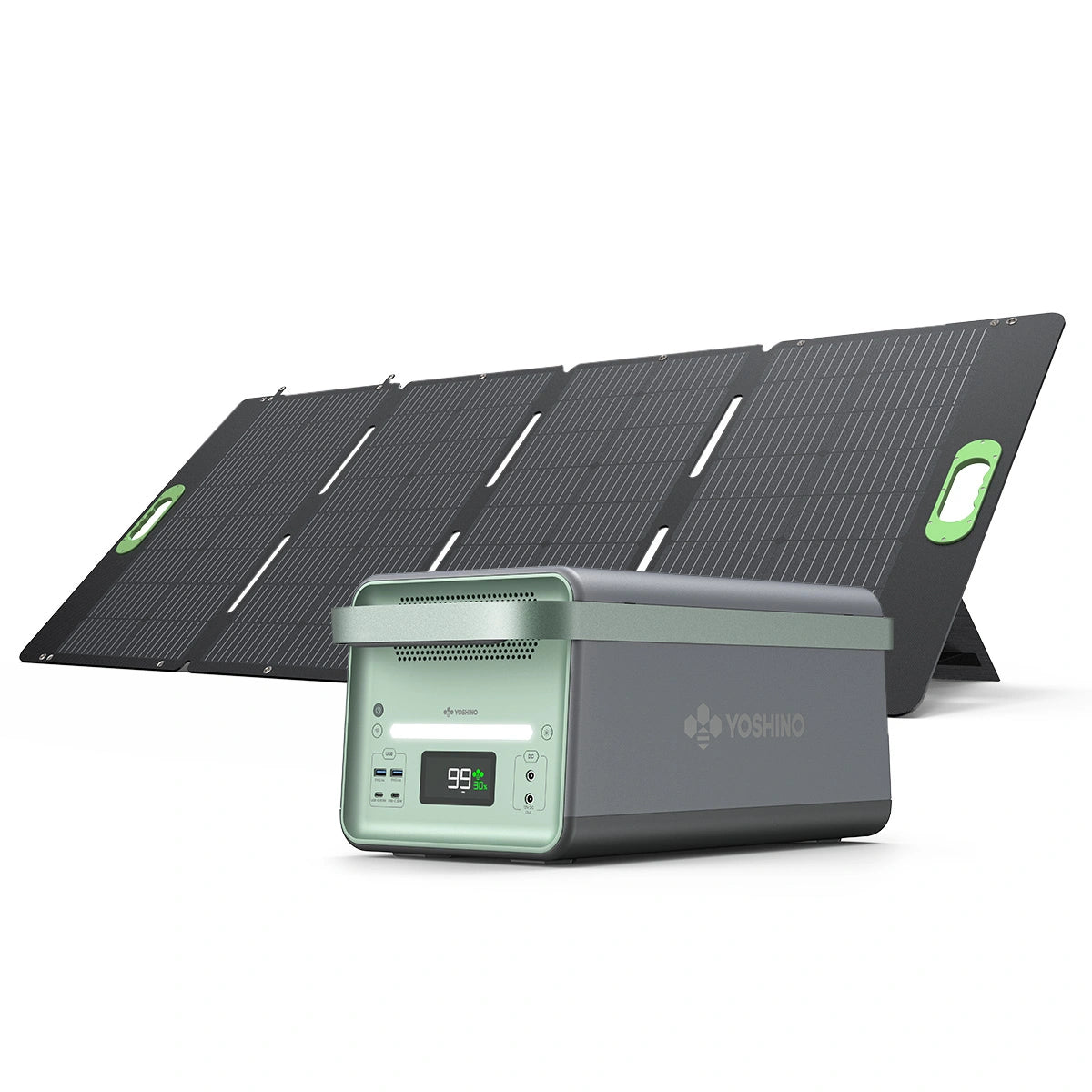
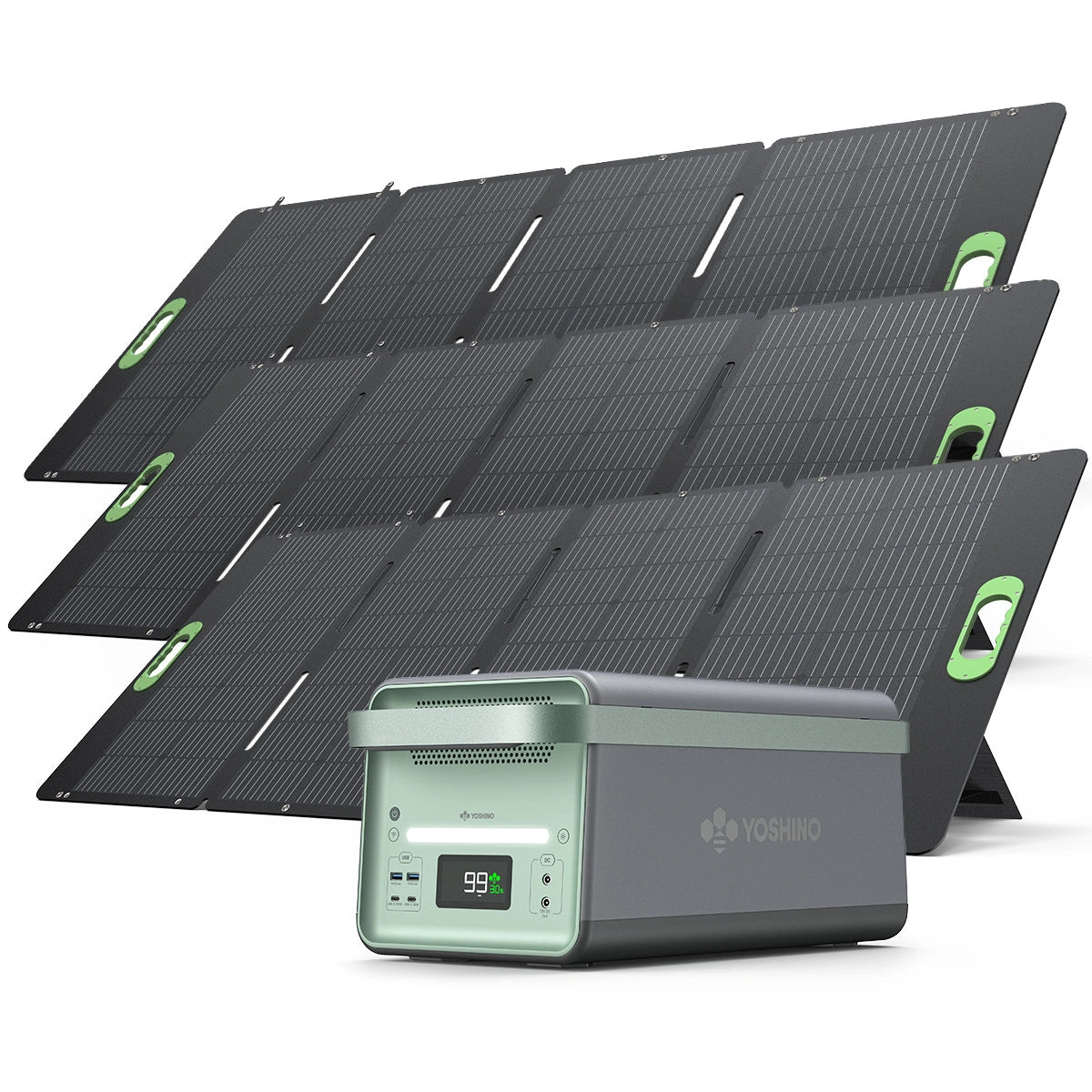
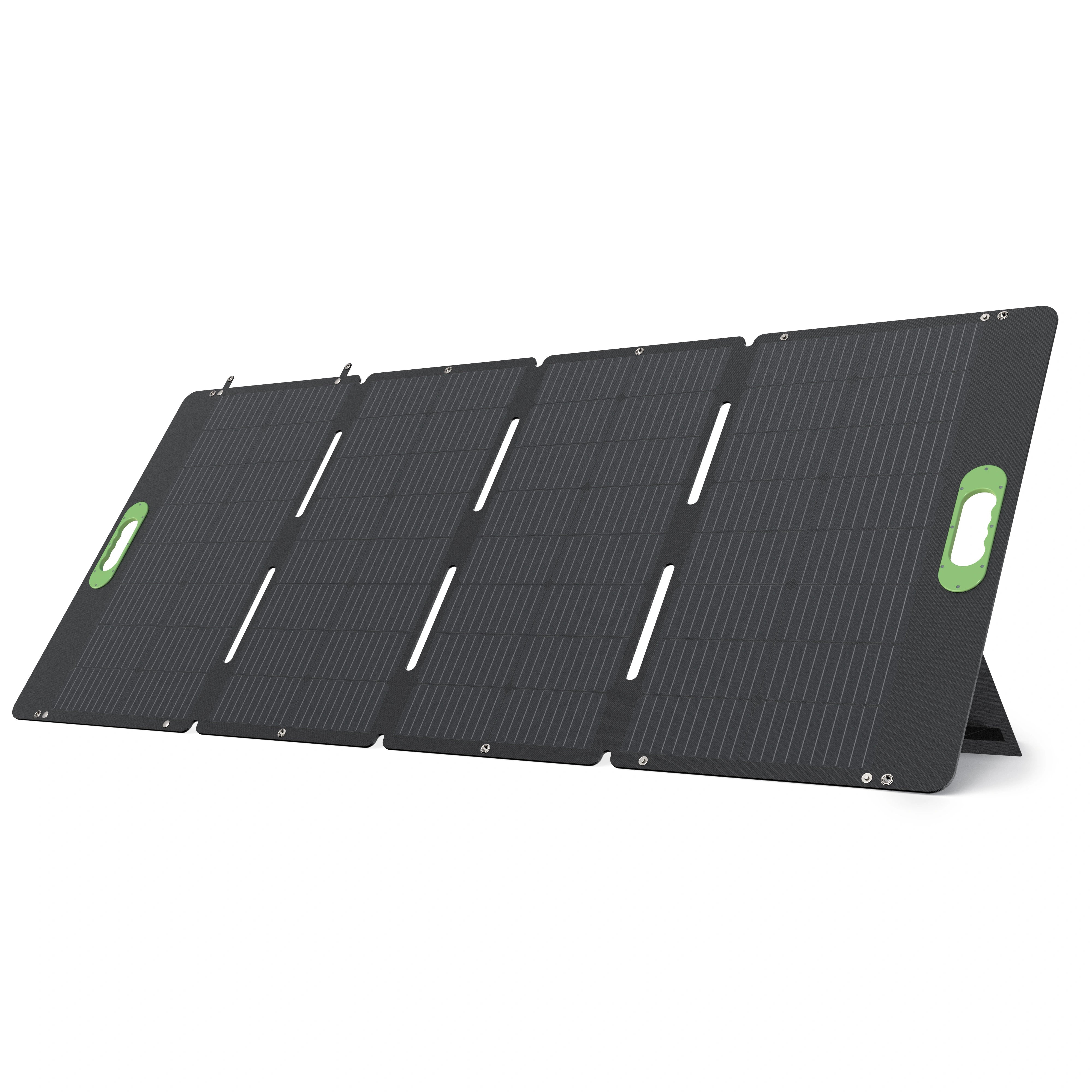
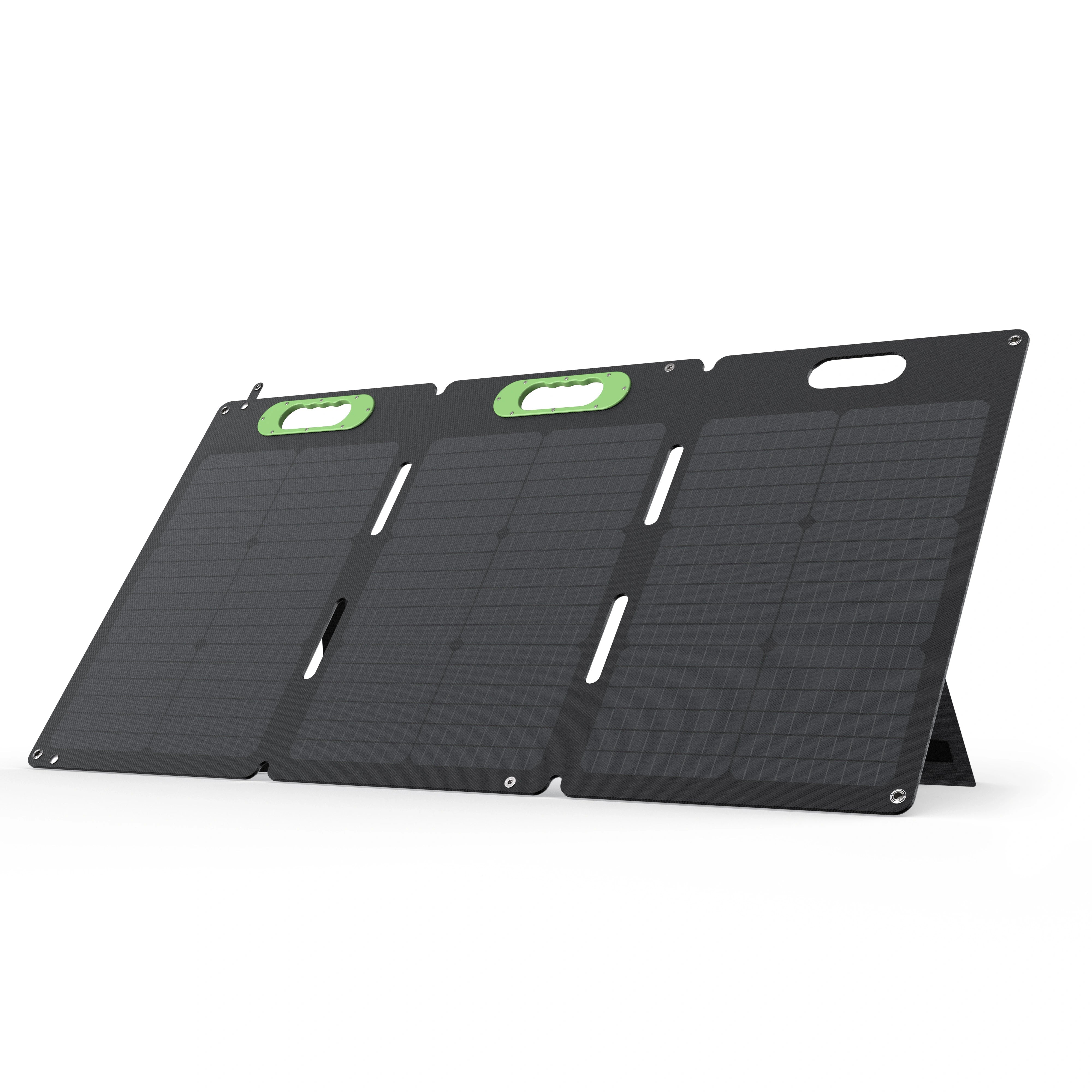

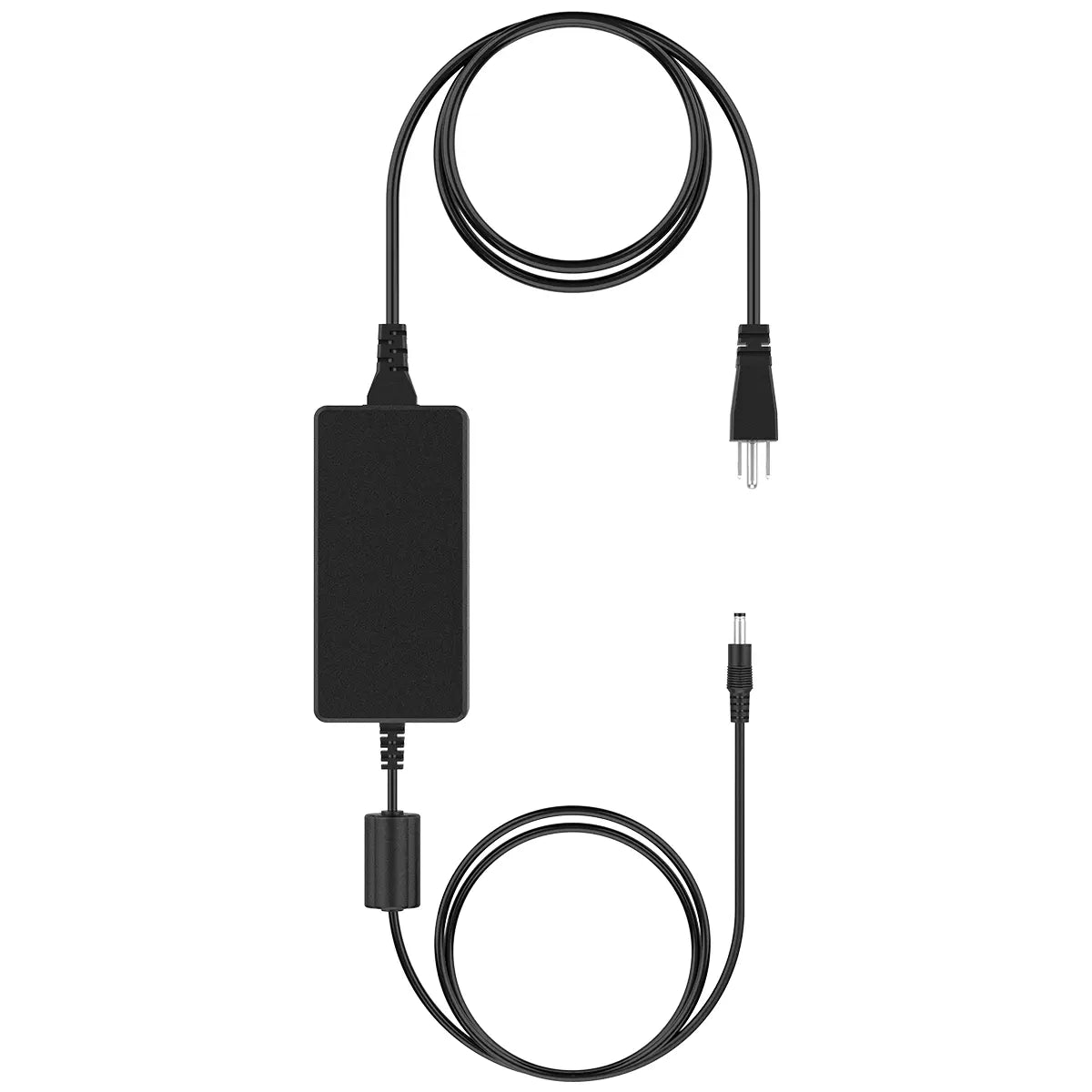
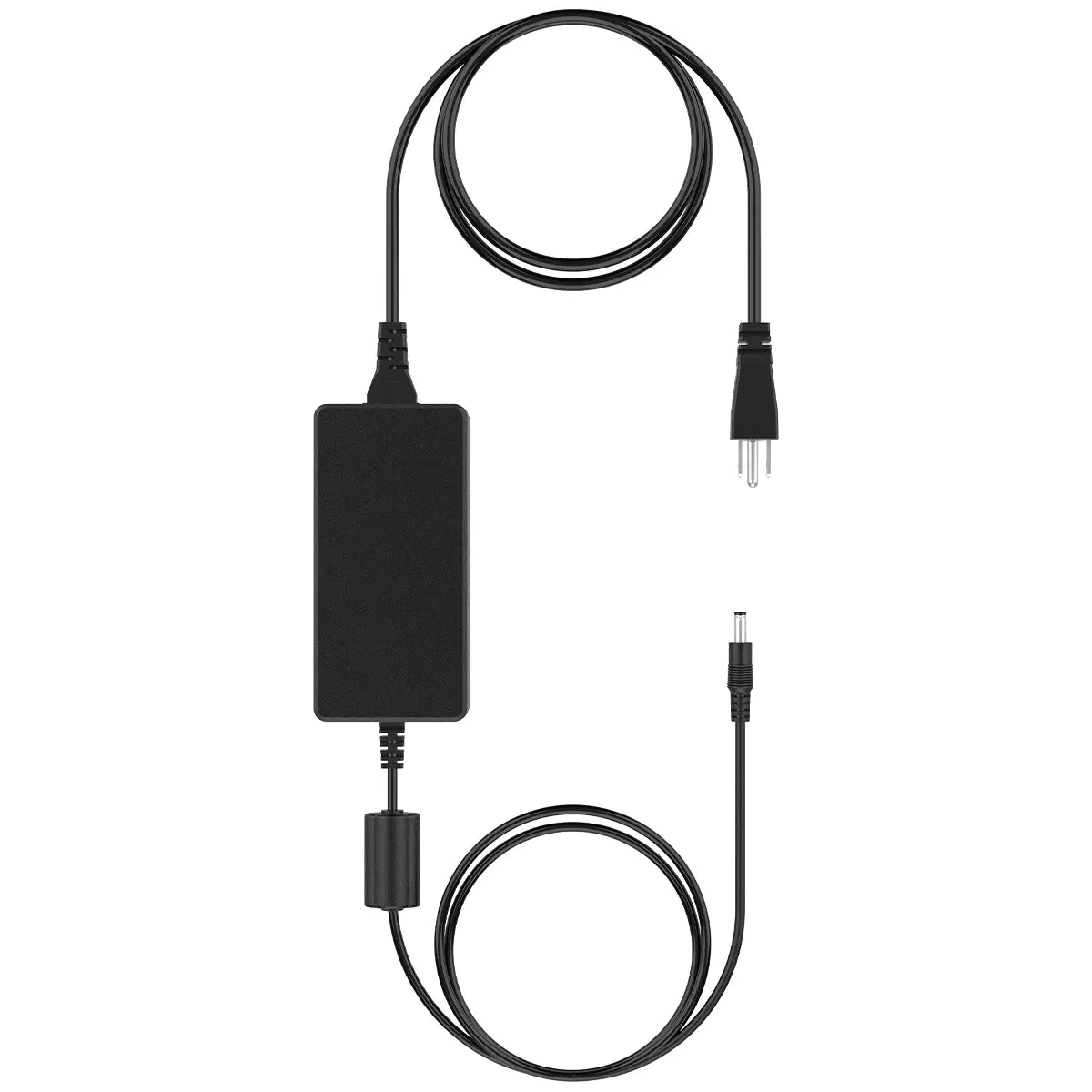
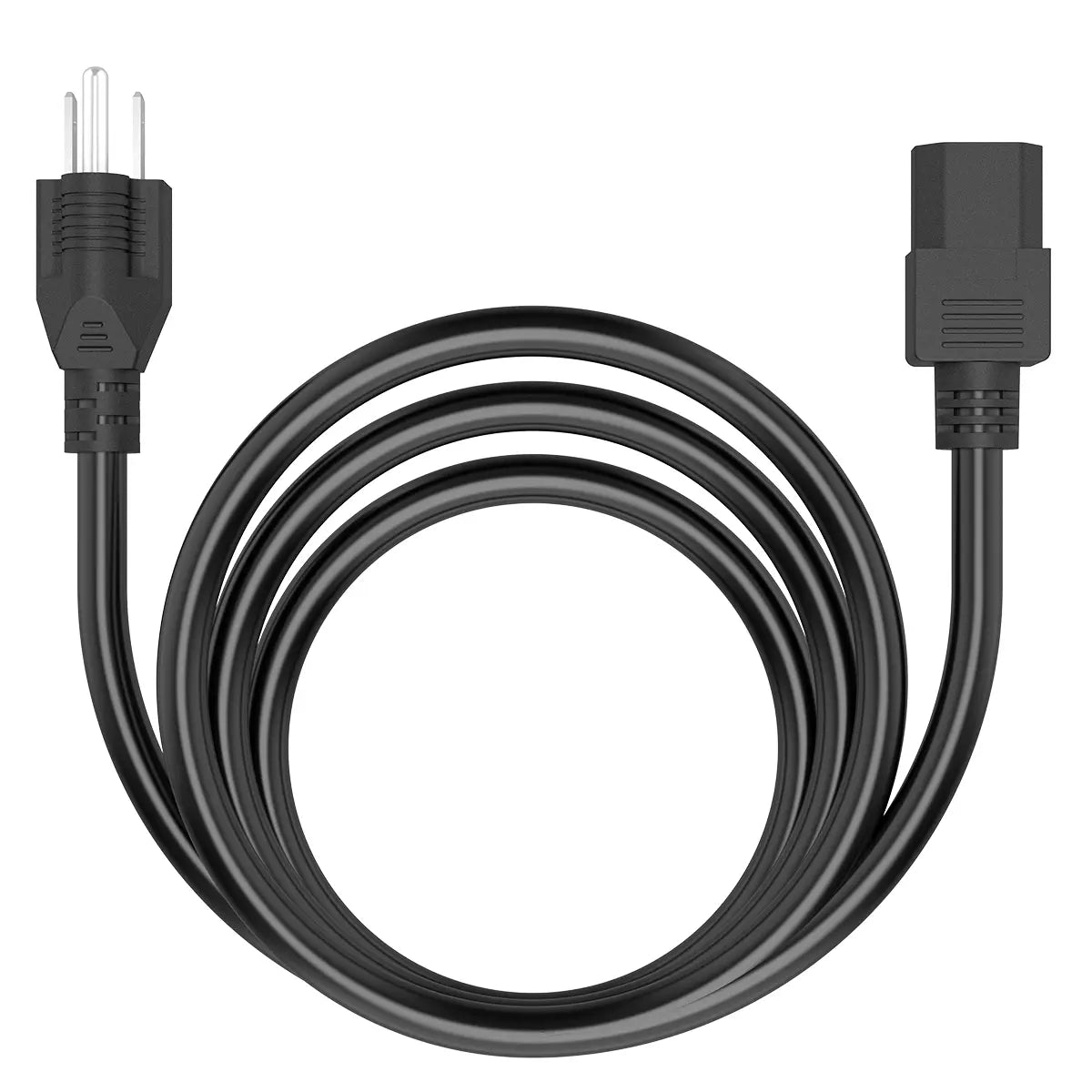
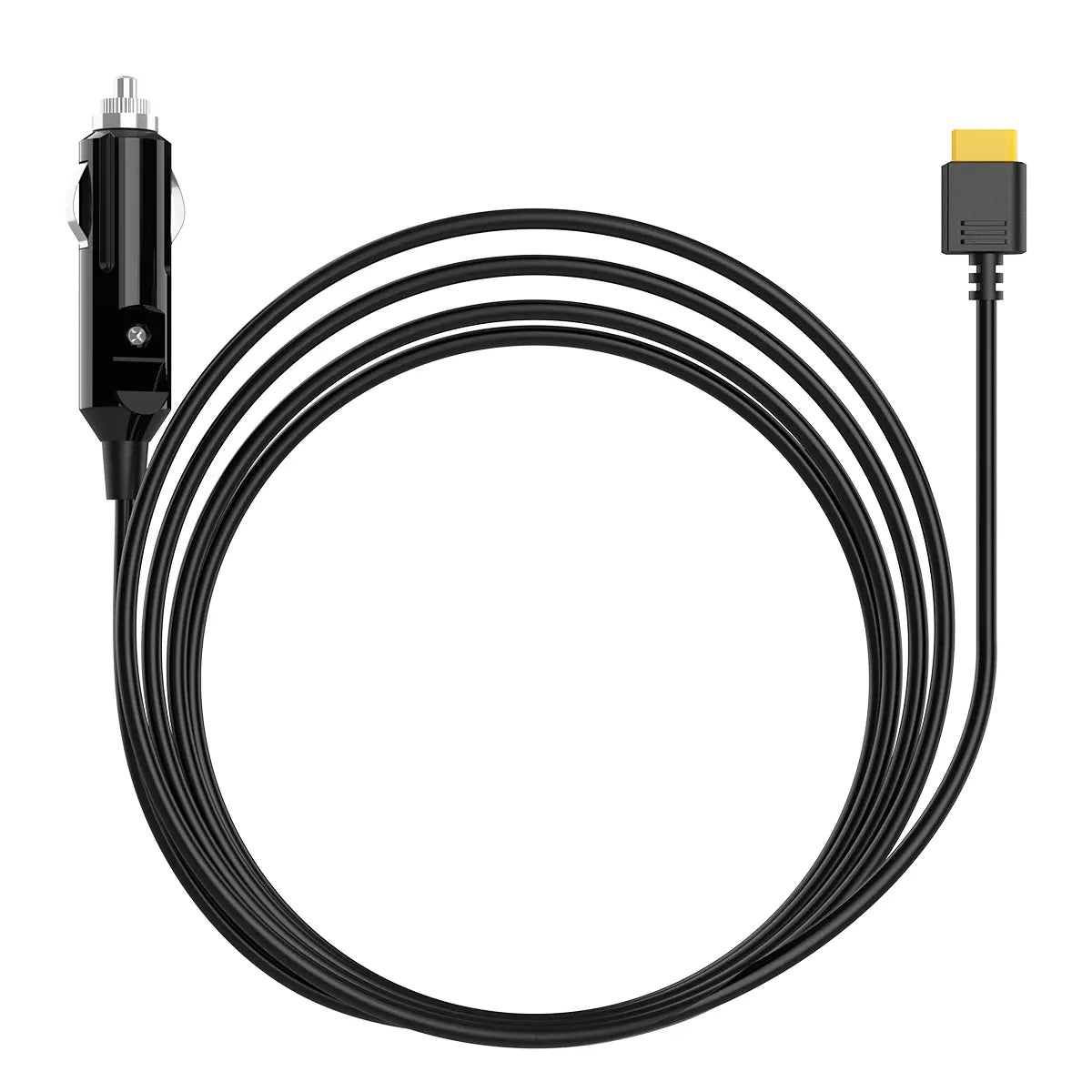
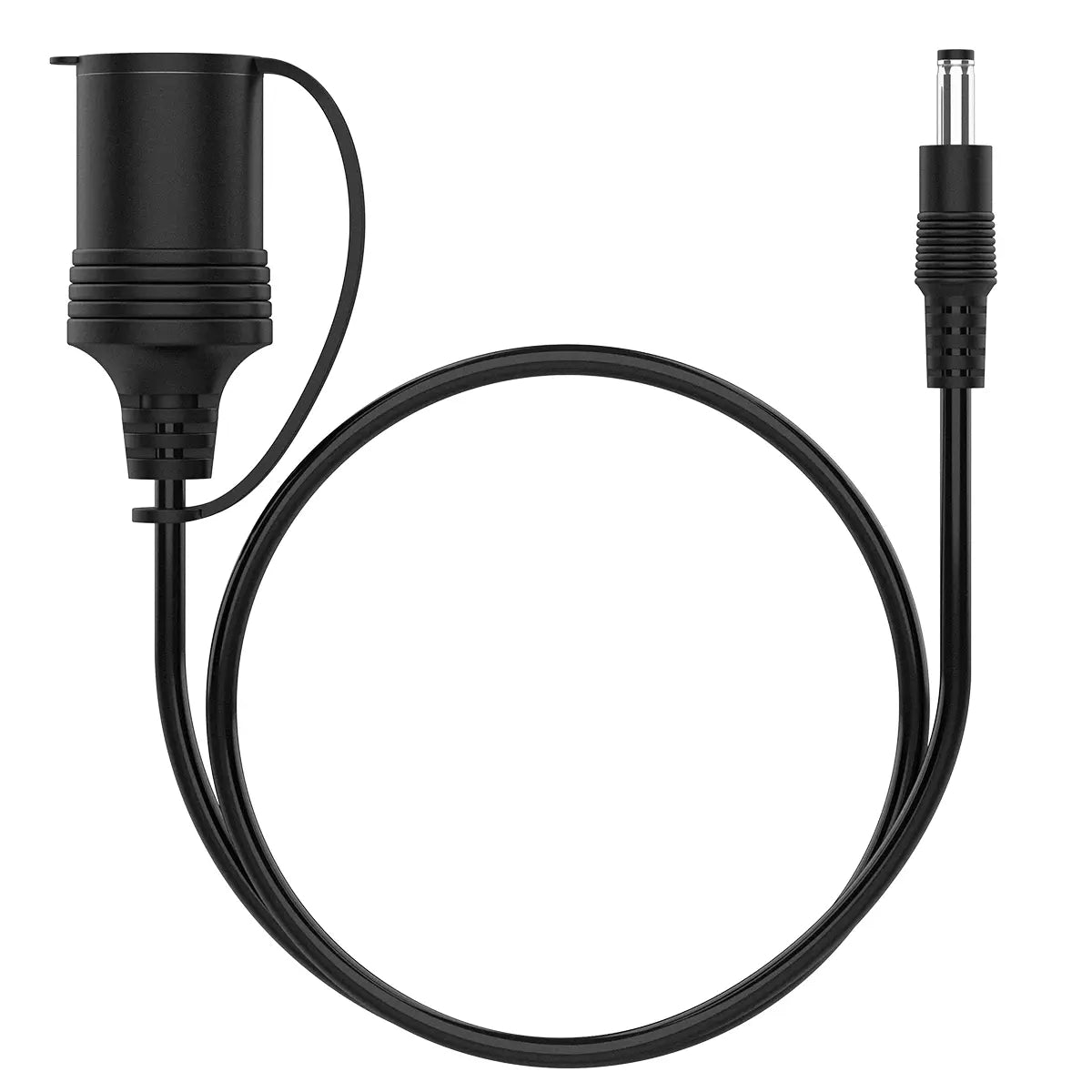
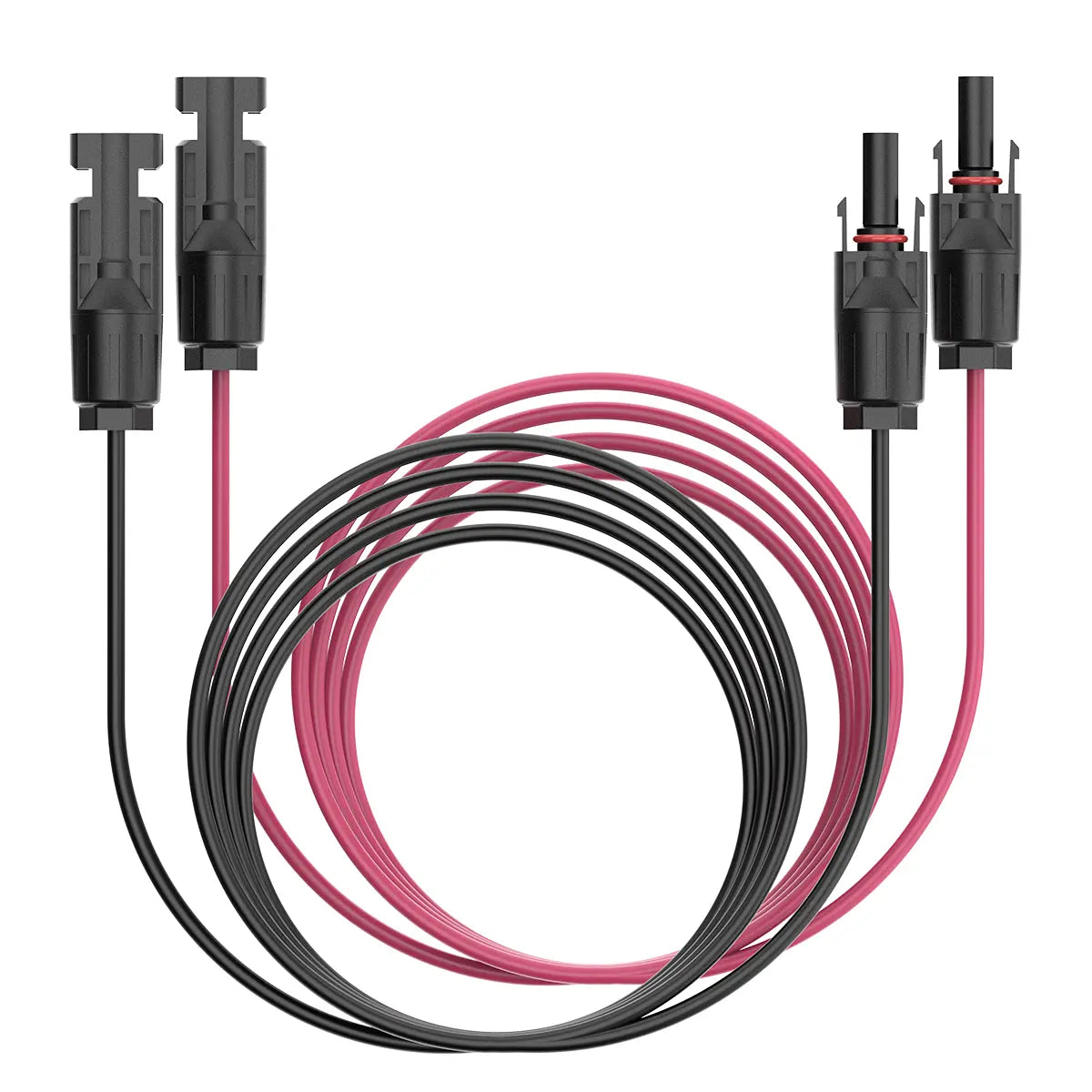
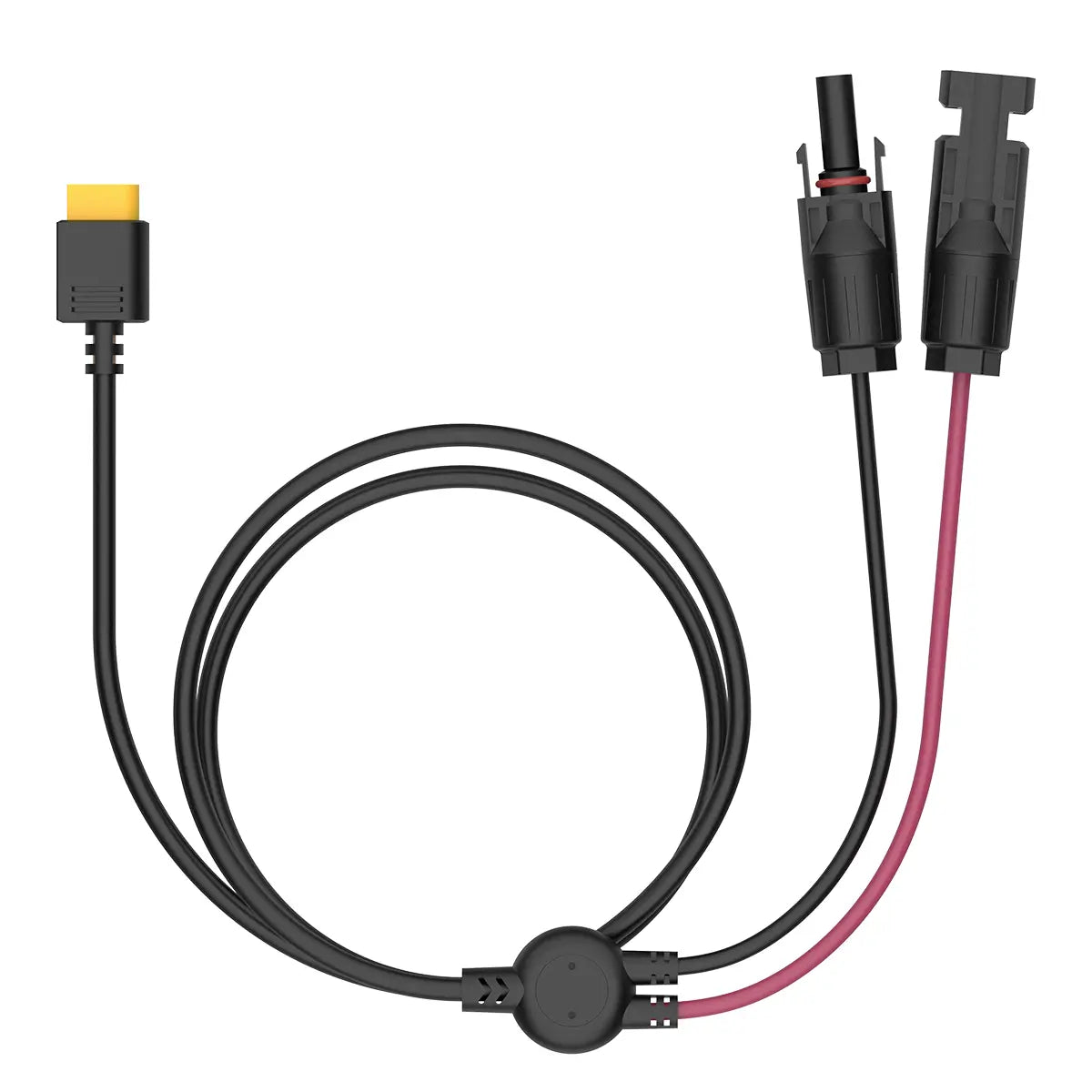
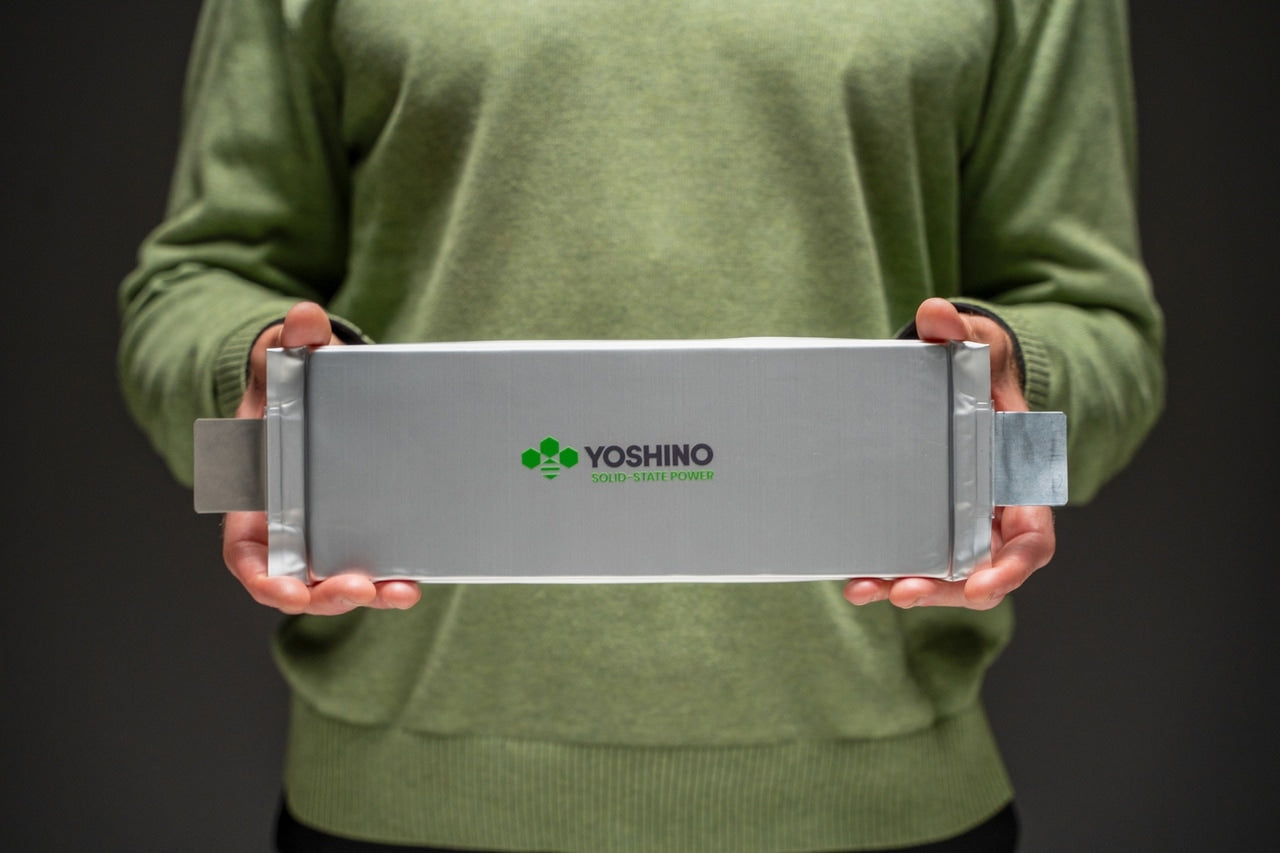
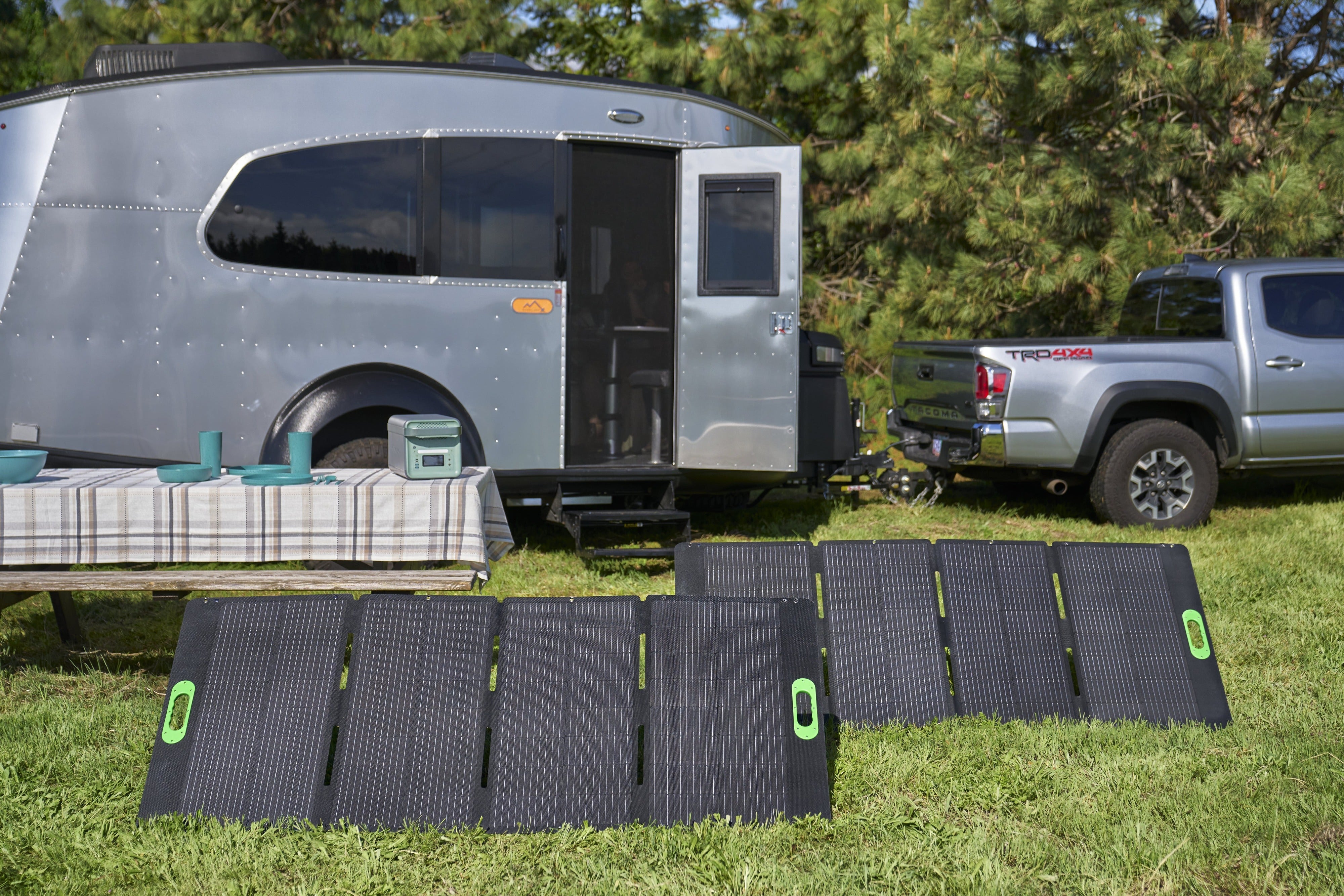
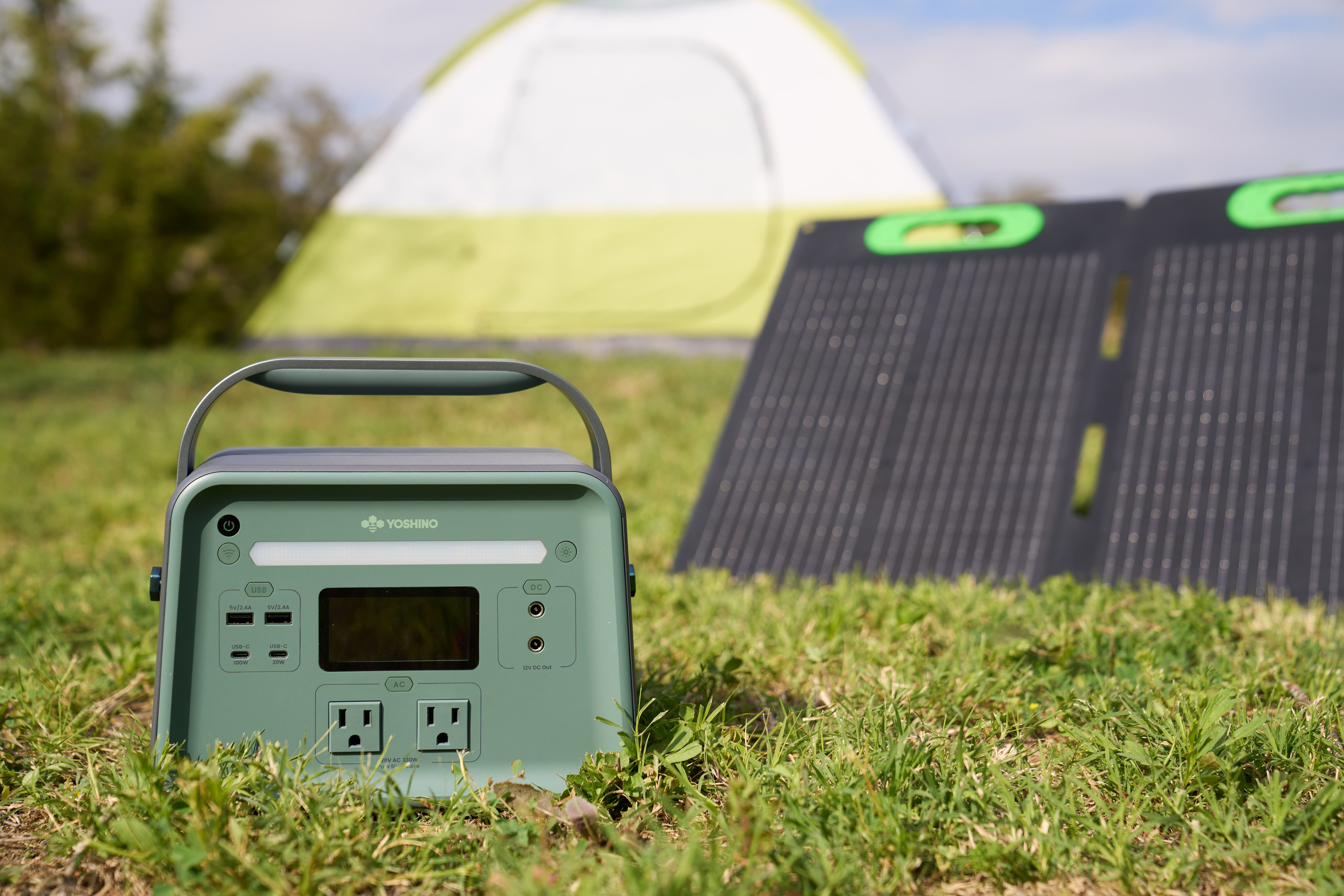
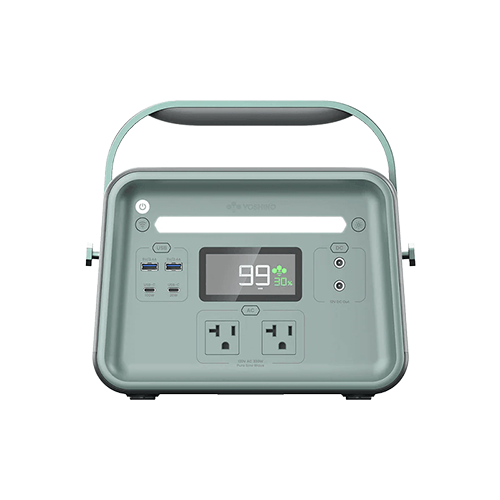
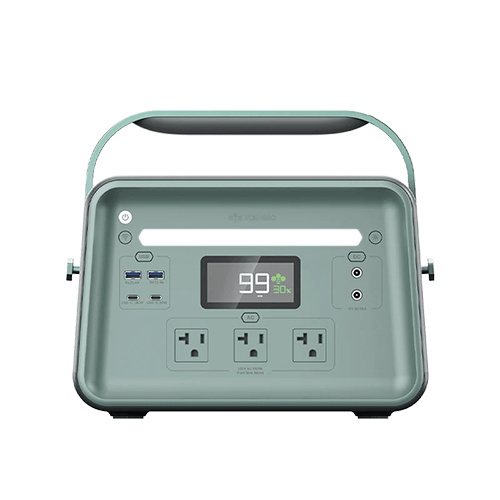
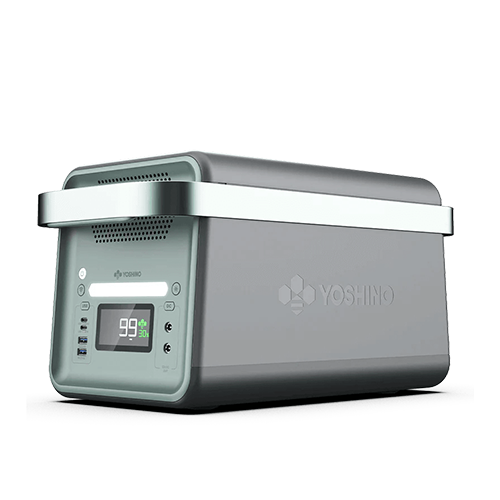
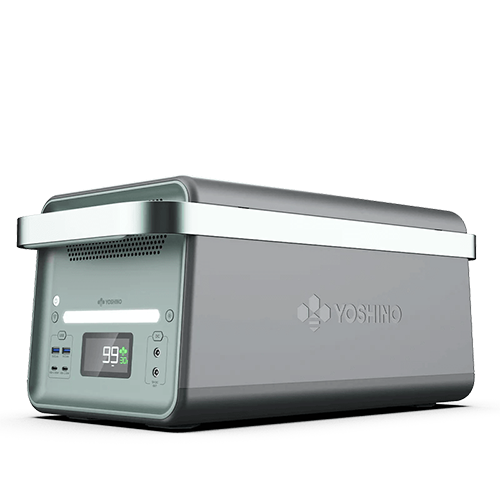
Leave a comment
This site is protected by hCaptcha and the hCaptcha Privacy Policy and Terms of Service apply.